7 things you need to know about the modular Lenovo Moto Z
Make mine Moto? Moto Mods one-up the LG G5's attachments

Watch out, LG: Lenovo is getting into the modular phone game too.
Just months after the LG G5 introduced the idea of customisable phone hardware thanks to its hardware attachments, Lenovo is doing much the same with the new Moto Z and Moto Z Force, both of which serve as successors to the Moto X line.
But Lenovo’s approach is different. Rather than attachments that clip onto the bottom of the phone, these Moto Mods snap onto the back via ultra-strong magnets, adding significant functionality while remaining affixed to your handset. Want a projector or booming stereo speakers on your phone? No problem.
Lenovo just debuted both phones at its Tech World event in advance of a release this autumn, and there’s plenty of reason to be excited – even if the G5 didn’t turn your head. Interested? Here’s what you need to know.
1) Hello, Moto
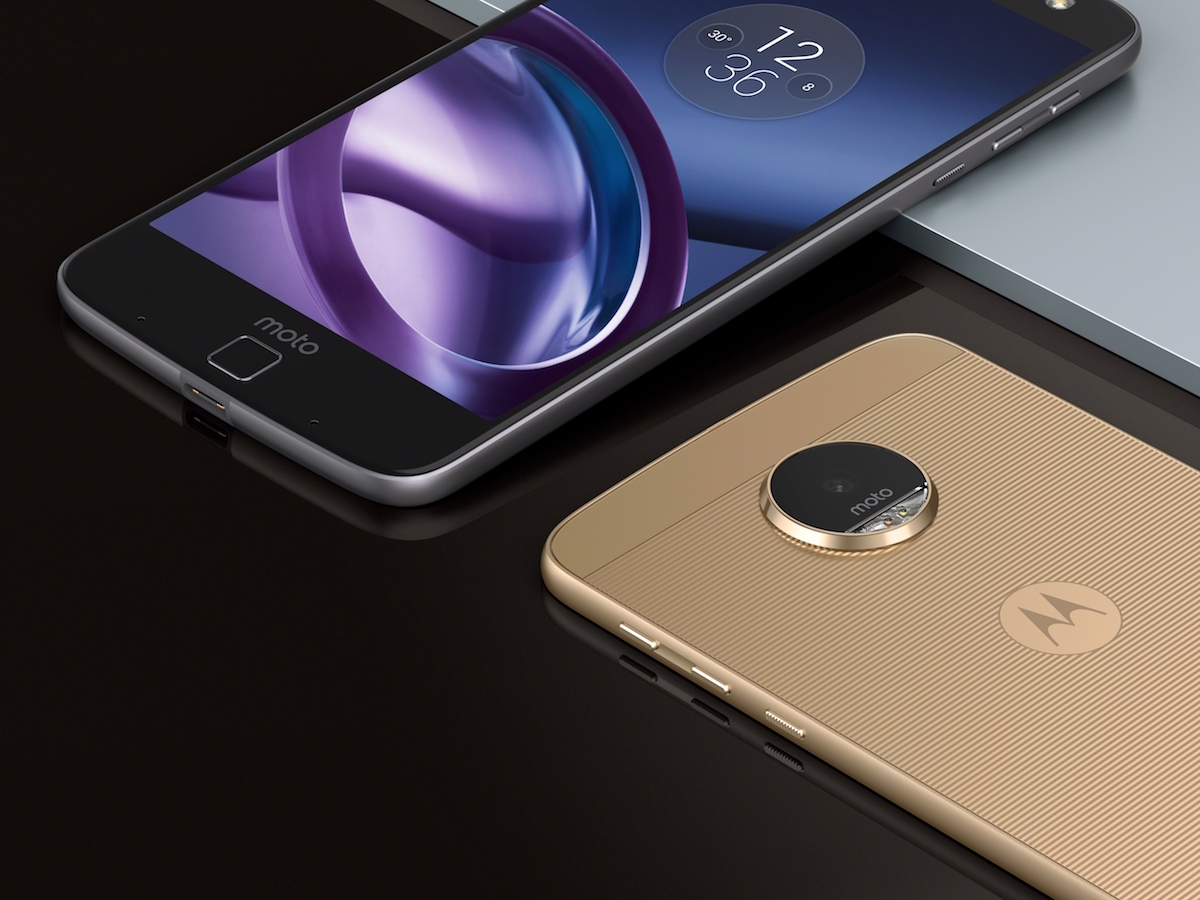
Farewell, Moto X – we had some good times together. The second-gen Moto X ruled our list of the best smartphones in the world for a stretch, but last year’s Moto X Style didn’t have quite the same punch compared to its top-tier rivals. Luckily, Moto’s got a fresh edge.
The core Moto Z is Lenovo’s new key flagship, it’s a beauty: the unibody aluminum design comes down to just 5.2mm at its thinnest (without a Moto Mod, of course), and the 5.5in Quad HD display should be a stunner.
And it’s on par with the other flagships of today, with a Snapdragon 820 processor, 4GB RAM, 32GB or 64GB internal storage (with microSD support up to 2TB), and a 13-megapixel back camera with optical image stabilisation and laser autofocus.
In other words, it’s a strong, sleek handset that also happens to support modular attachments. That’s a good start.
2) Use the Force?
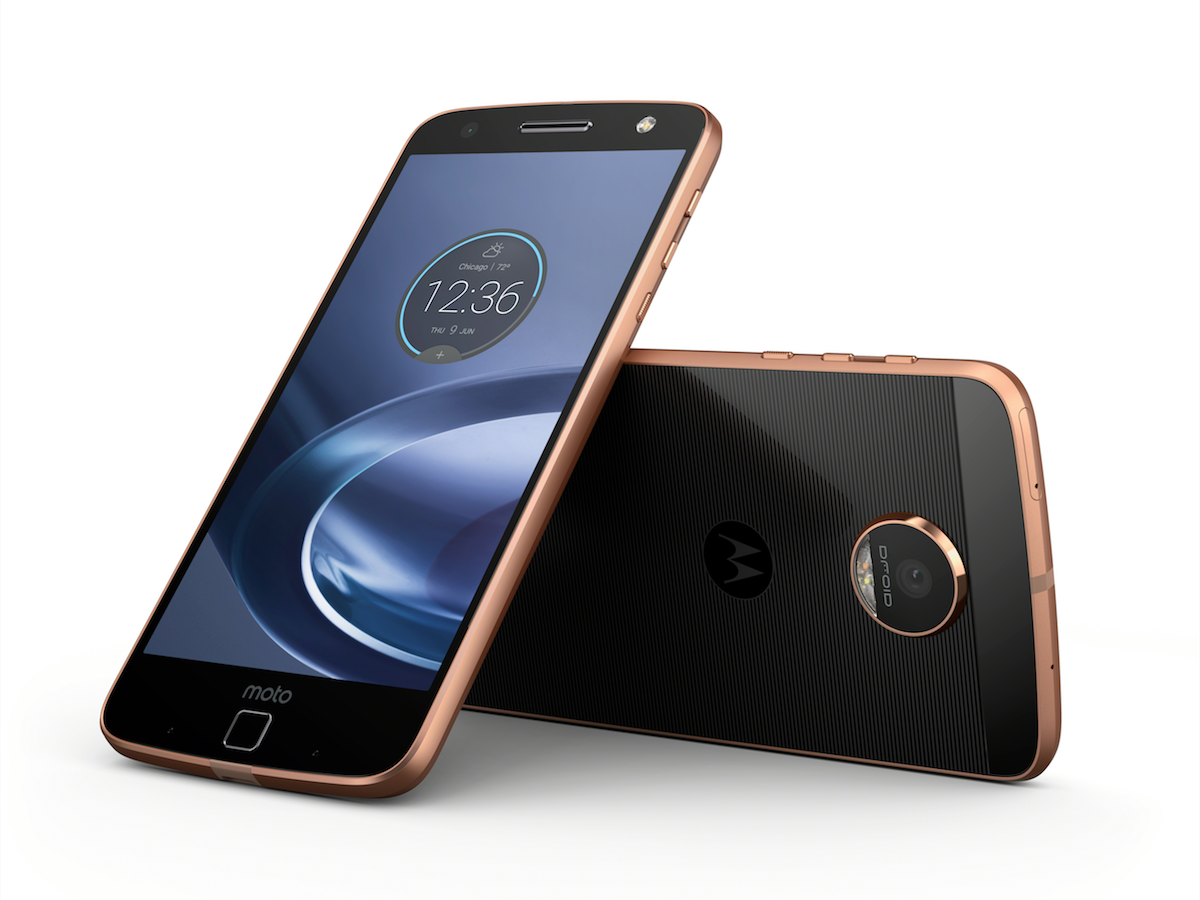
Don’t like your phones so mesmerizingly thin? Consider the Moto Z Force instead. It uses the very same Moto Mod attachments but offers some durability upgrades. Like last year’s Moto X Force, the Z Force features a shatterproof screen, plus it’s a bit thicker at about 7mm.
And there are other perks, too, namely the 3,500mAh battery (up from 2,600mAh in the standard Moto Z) and a back camera bump up to 21 megapixels. It also has a more water-resistant build along with the shatterproof screen.
It’s not quite as alluring in design, but the Force offers the same kind of core specs and functionality with increased battery life and a better chance of staying in one piece should you accidentally drop it while swapping modules. Hopefully the shatterproof screen doesn’t lose a touch of clarity like the Moto X Force before it.
Also Read › Lenovo Moto G4 Plus review
3) The Moto Mods snap on
With the G5, you have to remove the bottom cover on the phone to add modules. With the Moto Z, it’s just a snap: the magnets keep the module in place and communicate through the little nodes on the bottom back of the phone.
Lenovo will sell basic backplates in various styles and colours for anyone seeking personalization, but the real appeal comes with functional mods: for example, the Power Pack adds up to 22 hours of battery life and just snaps right onto the device.
Also, here’s a good thing to know: Lenovo says these mods will work with future Moto Z phones, too, so you don’t have to worry about buying brand new Moto Mods every time you upgrade within the line.
4) Sharing is caring
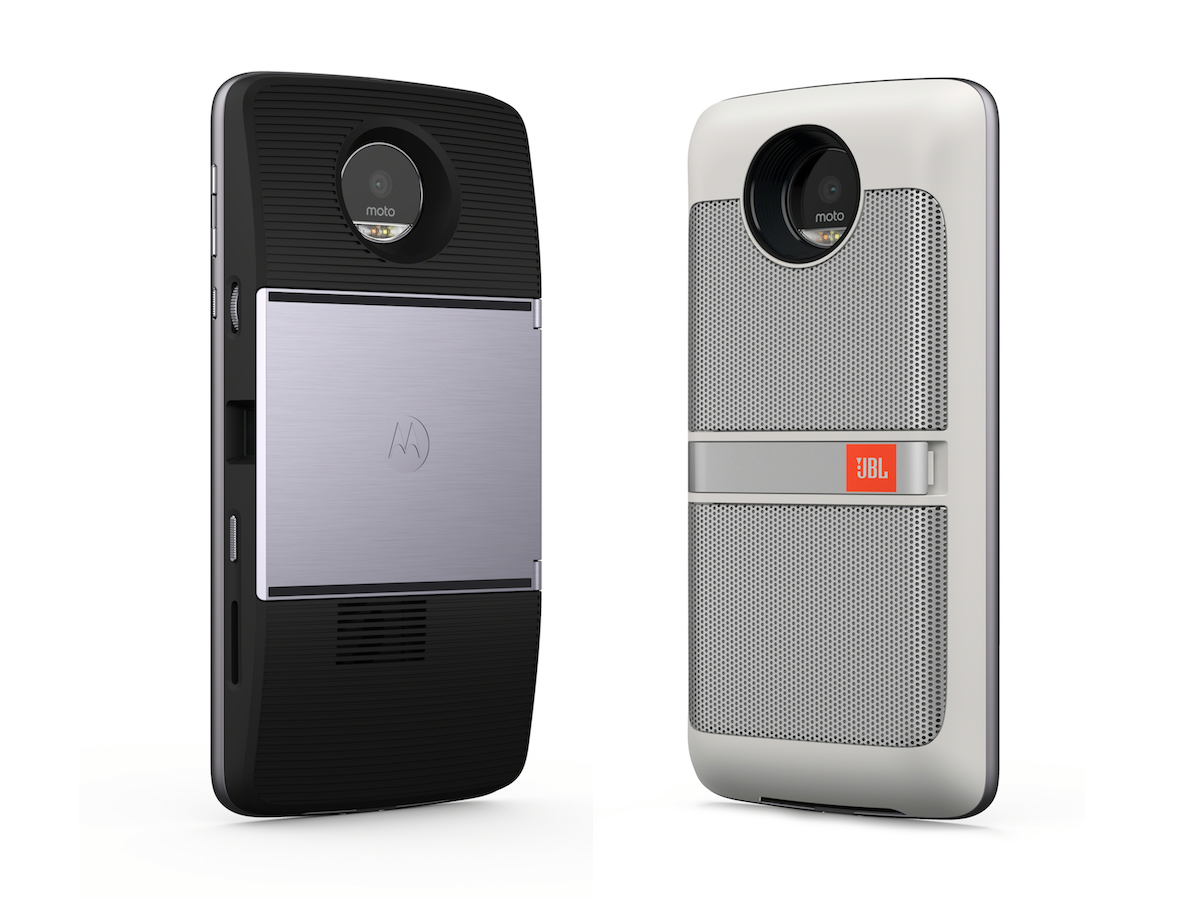
The other two Moto Mods revealed today are all about sharing your media with friends. The Moto Insta-Share Projector is a tiny little pico projector that attaches onto the back of the Moto Z, letting you shoot up to a 70in image on a wall. Or make that a ceiling: the adjustable kickstand makes it easy to change the destination without propping up your phone on a random object.
Meanwhile, the JBL SoundBoost mod puts a pair of stereo speakers on the back of the phone, making it easy to blast music at your next impromptu dance party. Who needs a Bluetooth speaker when you can just slap ’em on the back of your phone?
Also Read › The 10 best smartphones in the world right now
5) More Mods to come
Just three Moto Mods? It seems like a slim initial offering for the key differentiating feature of a phone, but Lenovo insists that more are coming. The company showed a concept video with some other possible ideas, including a USB and HDMI panel that would let you plug the phone into a dock and use it like a PC with an external screen (like Microsoft’s Continuum), or a projector that would turn a wall or table into a useable touch surface.
Furthermore, Lenovo plans to help finance the future of Moto Mods – to some extent. The company is offering up US$1 million to the team or individual who comes up with the best mod concept, presumably with the agreement that they’ll actually produce the thing.
6) Where’s the headphone port?
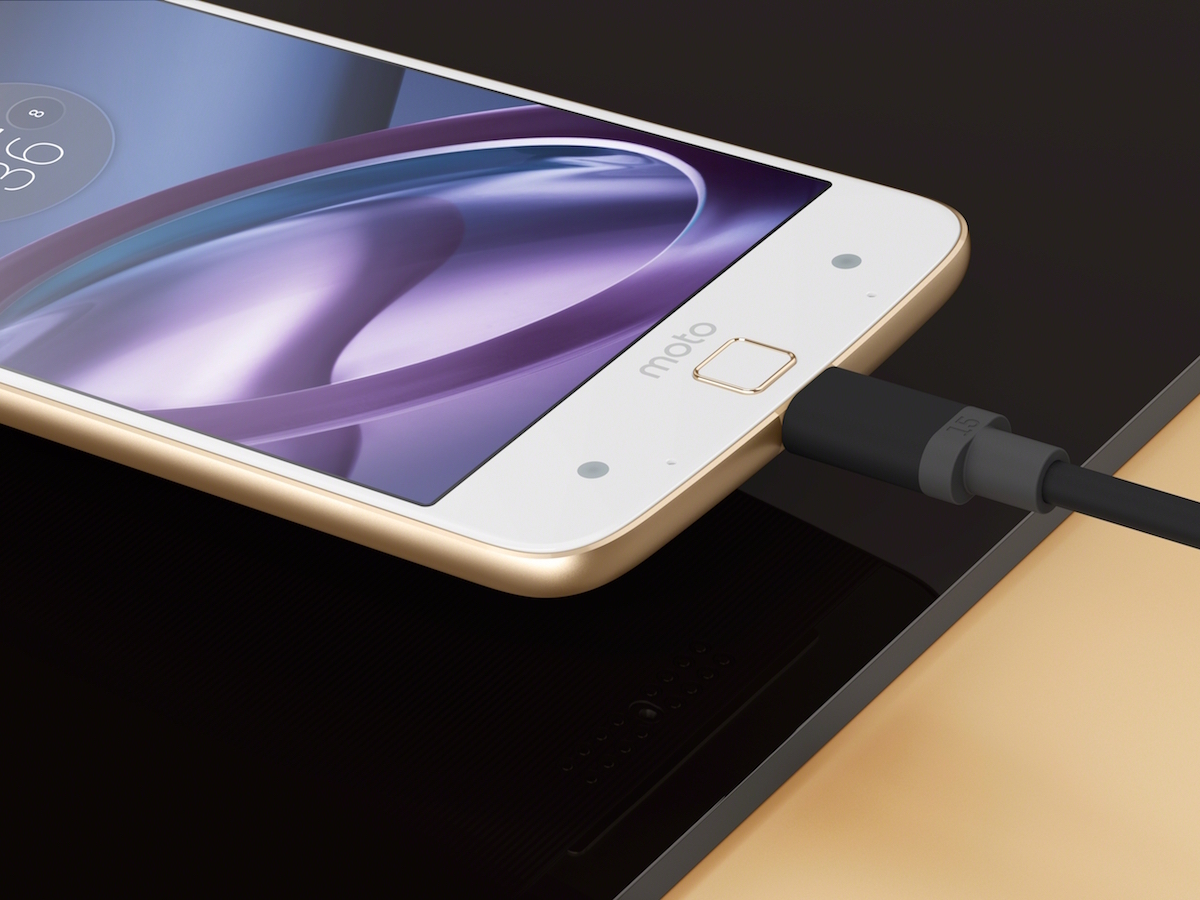
Here we are fretting over whether or not the iPhone 7 will have a 3.5mm headphone port while Lenovo already made the move: neither Moto Z phone has one. Chalk that up to the ultra-slim build of the standard model or a concession to enable the mods on both, but it’s not there.
What you will get with both phones, however, is a USB-C adapter that lets you plug your traditional headphones into the phone. That’s a nice concession, even if not nearly as convenient as just plugging directly into the phone.
Read More › Samsung Galaxy X foldable phone preview
7) It’s coming in September
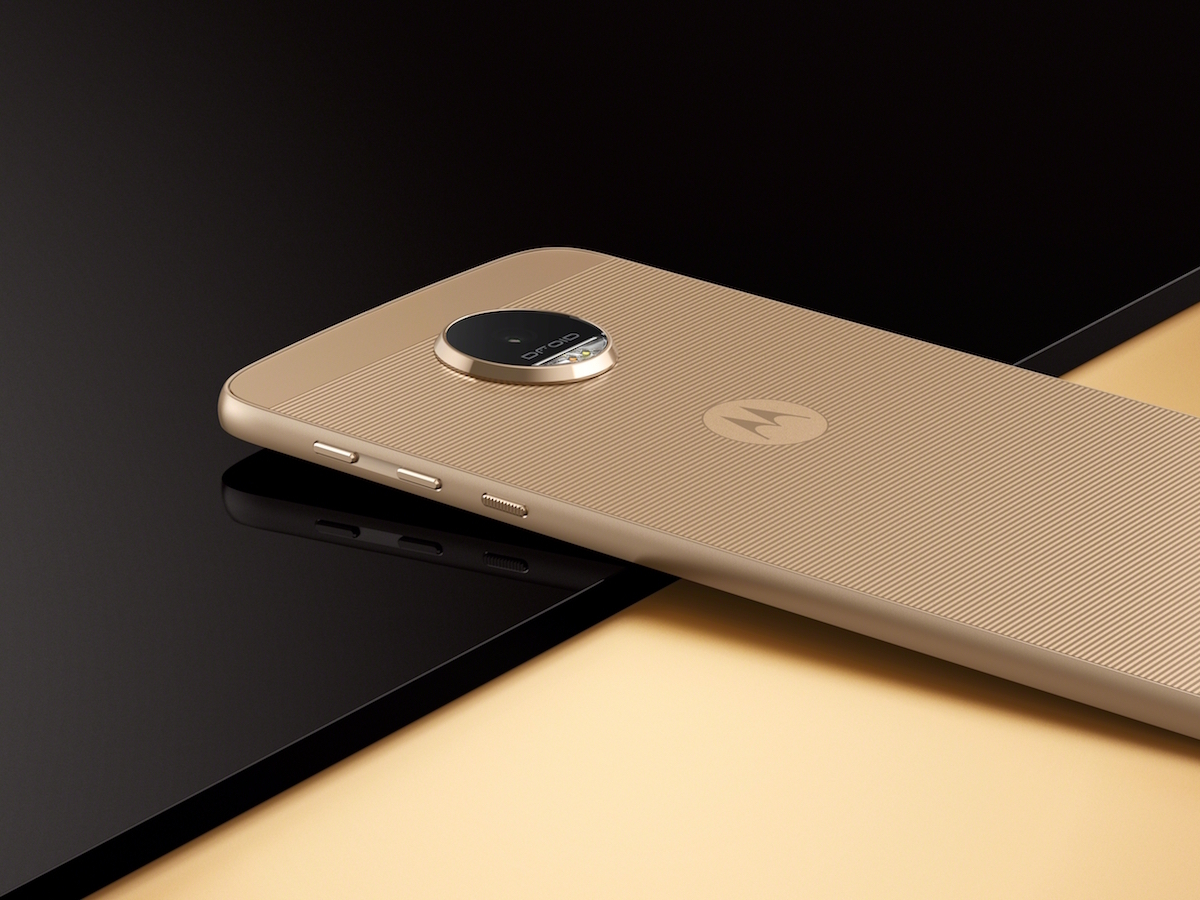
Remember the earlier leak about the Droid Editions of the Moto Z? Well, that’s the only way anyone will be able to experience the phone at first: U.S. carrier Verizon has the initial exclusive on both phones with Droid Edition branding, and they’ll be available this summer.
Luckily, everyone else (in the States and internationally) can grab the standard Moto Z and Moto Z Force come September when the unlocked version is released. There’s no word yet on price for the phones or Mods, but given the flagship specs and modular approach, the Moto Z probably won’t undercut the top-end market like last year’s Moto X Style impressively did.



